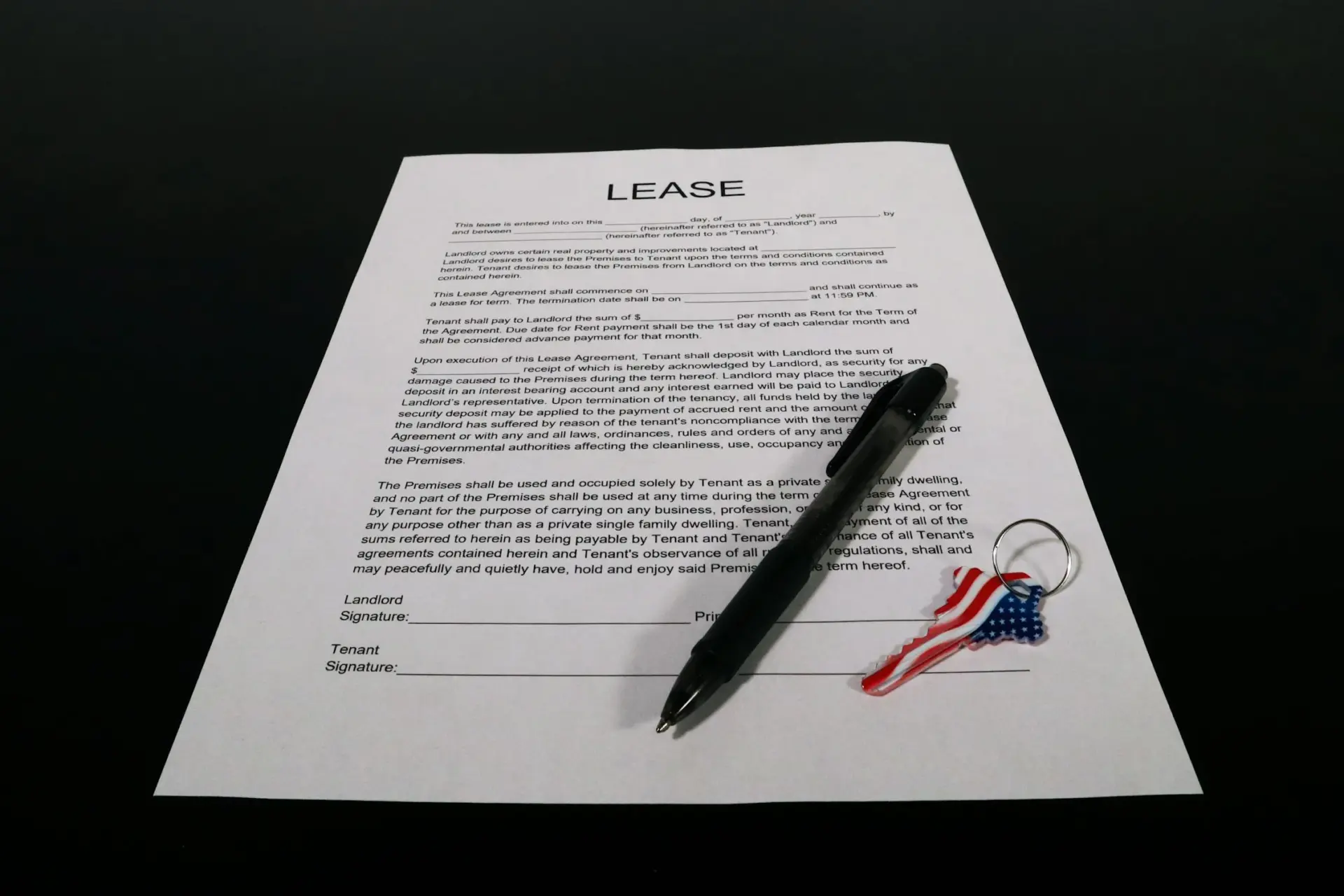Just finished fixing up a property? Whether it was a family home makeover, an inherited house you restored, or a joint project with a partner, renovations can change more than the kitchen backsplash. They can change who owns what—and when it’s time to update the title, a quitclaim deed is your best tool.
One of the easiest ways to handle property ownership after a remodel is by using a free quitclaim deed form. It lets you transfer interest in the property quickly, with no need for lawyers or lengthy contracts. It’s simple, especially if you’re transferring ownership to a family member or adding someone new after improving the property.
Let’s walk through how it works and when you should use it.
What Is a Quitclaim Deed?
A quitclaim deed is a short legal document that moves ownership—or interest in a property—from one person to another. The key part? It does this without promising anything about the condition of the title. That’s why it works best between people who already trust each other.
Unlike warranty deeds, quitclaim deeds don’t come with guarantees. You’re simply “quitting claim” to the property and handing it off. It’s fast, clean, and often used in family or informal transfers.
When Renovations Change Ownership Plans
Property upgrades can lead to new ownership situations. Let’s say you and your sibling co-own a house, and one of you pays for a full remodel. Maybe your spouse funded a kitchen renovation and now you want to add them to the title. Or maybe you inherited a fixer-upper, improved it, and now plan to give it to your child.
In all these cases, ownership might need to reflect the changes. A quitclaim deed makes that shift quick and official.
Common Scenarios Where a Quitclaim Deed Helps
Here are a few real-life examples where quitclaim deeds make sense after a renovation:
- Adding your partner or spouse to the deed after they funded the renovation
- Transferring the house to your kids after making it livable again
- Shifting full ownership to a co-owner who handled all the repairs
- Putting the property into a family trust post-renovation
- Correcting old deed info after construction split or added units
Each situation involves trust, shared interests, and the need for updated legal records. That’s the quitclaim deed sweet spot.
What to Include in the Deed
A quitclaim deed doesn’t need to be long, but it does need to be accurate. Here’s what to include:
- Full legal names of the person giving up the property (grantor) and the person receiving it (grantee)
- The complete legal description of the property
- The date of the transfer
- The county where the property is located
- Signatures of the grantor, along with a notary
You can find the legal property description on a previous deed or the county assessor’s records. Make sure every detail matches official records. One small error can delay the process.
Filing the Deed the Right Way
After filling out the form, you’ll need to record it with your county clerk or recorder’s office. Here’s a quick checklist:
- Sign the deed in front of a notary
- Make a couple of copies
- Submit it to the county where the property is located
- Pay a small recording fee
- Ask for a stamped copy for your records
Some counties let you file by mail or online. Check your local office for specific steps.
What About Taxes or Loans?
Most quitclaim deeds used between family members or after upgrades don’t trigger major tax issues. But there might be small local taxes, like a documentary stamp tax, depending on your state.
If the home still has a mortgage, don’t skip the fine print. Transferring the deed doesn’t change who owes the loan. You’ll still need the bank’s permission if ownership is changing and the mortgage stays in place.
Always double-check with your lender and consider checking with a tax advisor if you’re unsure.
Why Use a Quitclaim Deed Instead of a Sale?
Let’s say you just remodeled and want to shift ownership to a sibling or child. You’re not selling. You’re gifting or acknowledging shared effort. A quitclaim deed keeps that simple.
No agents. No long contracts. No purchase price to negotiate.
You don’t need a traditional sale or full closing process when you already trust the person. A quitclaim deed gives you the control to update ownership on your terms.
When Not to Use a Quitclaim Deed
Quitclaim deeds are fast—but not for every situation. Skip them if:
- You’re selling to a stranger
- There’s conflict over who owns the property
- You want title insurance protection
In those cases, go with a warranty deed or traditional sale. But if you’re simply changing hands within the family or among trusted parties, stick with a quitclaim.
Final Thoughts
Renovations improve more than the look of your home—they can shift ownership goals, too. If you’re ready to update who holds the title, do it the easy way.
Get it signed, get it filed, and get peace of mind. Your property deserves clear records—especially after you put in the work to improve it.
Start with the right form. Make it official. And move forward with confidence.


